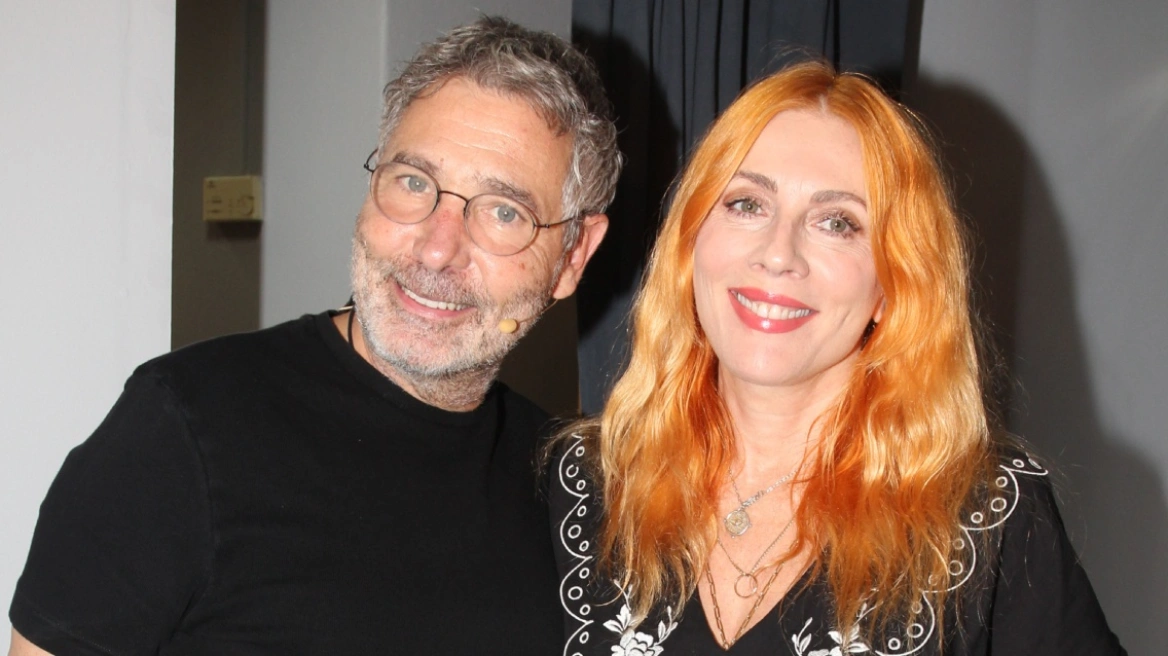Revising what we know about modern architecture is what Saudi Arabia hopes to do with a cube-shaped skyscraper 400 metres tall that hopes to become the largest building on the planet.
The talk is of the Mykaab in Riyadh which will have such a large capacity that it can … hold 20 times the Empire State Building in New York. The Mukaab structure will be the largest structure of its kind in the world, and will be the centerpiece of the New Murabba community,a development project that will transform Riyadh into a global destination.

As Bloomberg reports,New Murabba Development Co. has already begun excavating more than 10 million cubic meters of land to prepare the site, and billions of rials worth of contracts will be awarded in the coming years to equip Mukaab and the surrounding area with entertainment centers, educational institutions, health facilities and a 45,000-seat stadium.
According to Michael Dyke, managing director of New Murabba Development Co. the goal is for Mukaab to become Riyadh’s new central symbol, just as other major capitals have their own landmarks.
Watch video:
In addition to its size, the Mukaab will also impress with its unique design, inspired by Saudi Arabia’s traditional Najdi architectural style, which includes geometric patterns and intersecting triangles on its outer surface.

Inside, the skyscraper will offer unique experiences for visitors, with the ability to project holographic images on an integrated dome that will transport attendees to iconic locations from around the world. In other words, one will be able to wake up feeling like they are in Serengeti and end the day with the atmosphere of New York City, thanks to the advanced virtual reality and scenting technology that will be incorporated into the building.
The entire New Murabba project, of which Mukaab is a central element, includes a total of 18 communities that can accommodate over 400,000 residents. The first phase of New Murabba construction will be completed in 2030, with the goal of being ready for Expo 2030, which will host over 190 countries. Timing is critical, according to Dyke, to ensure the new city centre is fully operational at the start of the Expo.
Watch video, illustration of New Muraba:
In addition to Mukaab, Saudi Arabia has announced other impressive projects, including The Line, a futuristic city located on the Red Sea that will include twin mirrored skyscrapers. The country is trying to wean itself off its dependence on oil and invest in infrastructure development that will make it a hub for entertainment, tourism and manufacturing.
With Saudi Arabia attracting over $164 billion in real estate investment over the past eight years, demand for skilled labor has grown significantly, with Riyadh remaining at the heart of this growth, attracting over 35 billion in contracts.

Although the country is facing challenges related to the supply chain and the high cost of projects, Dyke says he is optimistic that Mukaab will stand out on the city’s skyline and remain a landmark for generations to come.
Reactions to working conditions at Saudi projects
At the same time, numerous allegations about working conditions in the construction of the ambitious futuristic city of Neom in Saudi Arabia are brought to light in a new ITV documentary, Kingdom Uncovered: Inside Saudi Arabia.
According to the documentary, scheduled to air this Sunday at 10:15 p.m., workers employed on “The Line” project, the 170-kilometer-long city under construction in the northwest of the country, are forced to work long shifts, exceeding legal limits.
One of the workers, speaking on condition of anonymity, said he regularly worked in 16-hour shifts for 14 consecutive days, with no rest. Under Saudi law, workers should work no more than 60 hours a week, including overtime, but testimonies in the documentary show that this is not observed.
In addition, workers report having to travel three hours unpaid by bus to get to their remote workplace and back, leaving them with just four hours of sleep a day. “We are forced to work extremely hard, there is no time for rest. We get tired and suffer from stress day and night”, a worker tells the camera.
Saudi Arabia’s reliance on migrant workers is high, as they make up three-quarters of the country’s workforce and play a key role in projects under Vision 2030, Saudi Prince Mohammed bin Salman’s strategic plan for the country’s economic overhaul. The documentary also reveals that, according to figures from India, Bangladesh and Nepal, 21,000 foreign workers from these countries have died since 2016, when Vision 2030 was launched.
The Saudi government did not respond to the documentary makers’ requests for comment.
Ask me anything
Explore related questions





